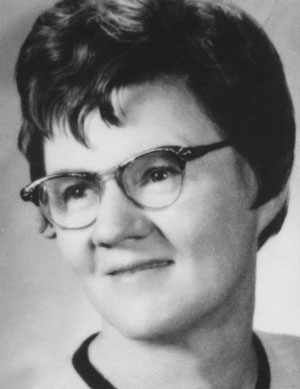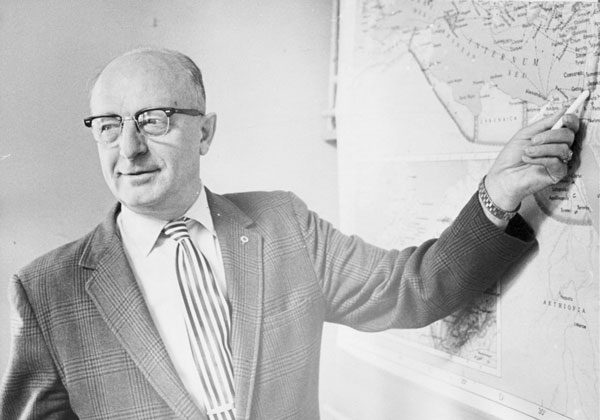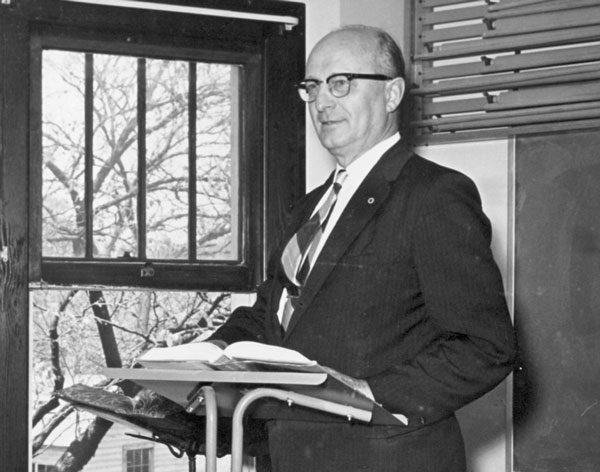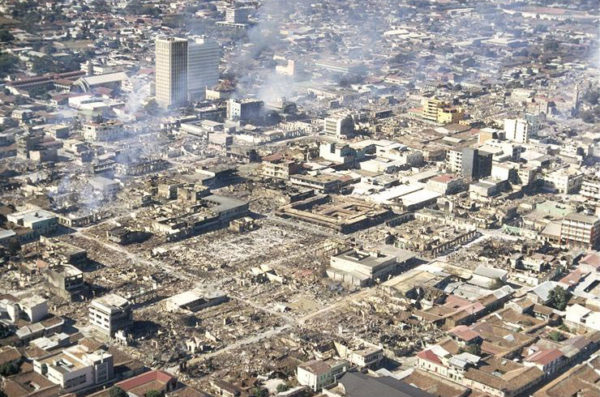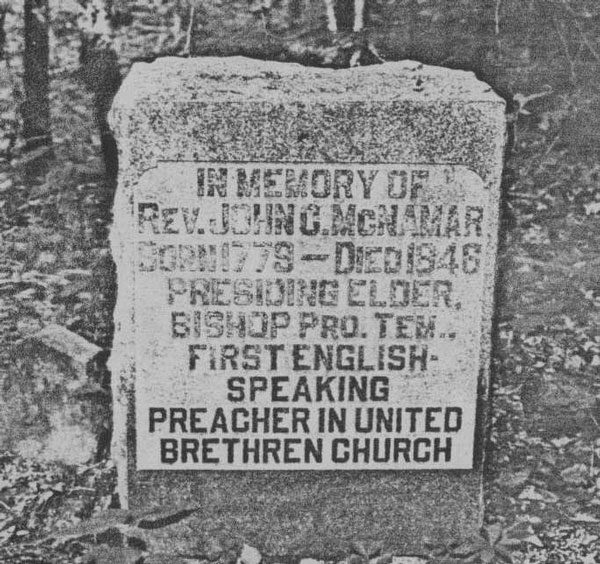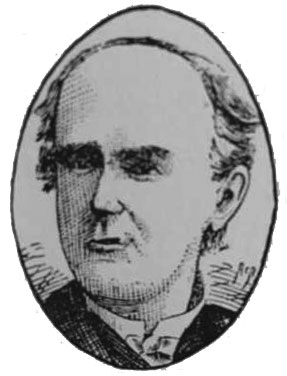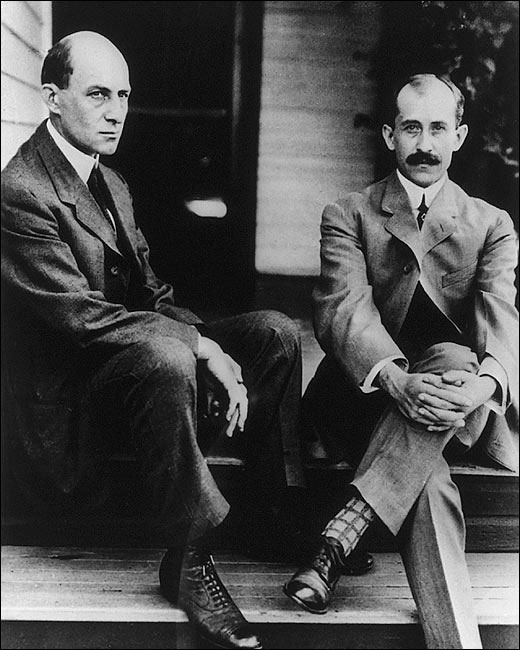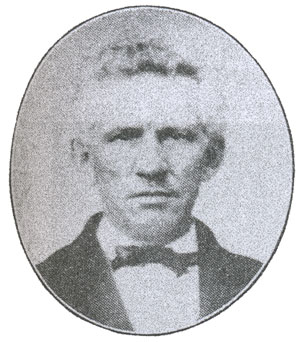18 Feb Three Great Resources from our United Brethren Family and Friends
Good resources can be hard to find, but there are a few coming soon, and one recently released, from pastors and friends of the United Brethren Church. You can find more information about each of these resources below, including where to find them and how to purchase them.
Recently Released:
 Death, Life, and Discipleship: Seven Ways Jesus Defeated Death Before the Resurrection
Death, Life, and Discipleship: Seven Ways Jesus Defeated Death Before the Resurrection
This book explores Jesus' victories over challenges like ignorance, sin, and Satan, offering a deeper understanding of His power. Each chapter examines a specific victory and draws practical principles for discipleship. It encourages personal spiritual growth and equips readers to make disciples themselves, fostering a deeper understanding of holiness and a Christ-centered worldview. This is a fantastic resource for personal and small group study. The author of Death, Life, and Discipleship, Victor Collins is the Associate Pastor at Kilpatrick Church in Woodland, Michigan. Purchase here through Amazon.
Coming Soon:
 Grit & Joy: Help for Bewildered Families of Teens
Grit & Joy: Help for Bewildered Families of Teens
In today's fast-paced world, teens often crave something deeper than fleeting distractions. Grit & Joy guides parents and mentors in cultivating lasting, authentic faith in young people. It blends practical advice, compelling stories, and insights from social and brain science with biblical wisdom, providing a roadmap for helping teens develop a meaningful relationship with Christ. This book is a valuable resource for anyone wanting to help teens find enduring joy. Dr. Dave Rahn was an influential professor at Huntington University, has been a featured speaker at UB Youth and Associate Pastor Summits, and will be the keynote speaker for youth workers attending the UB Youth Camp this summer. Co-author, Ebonie Davis is a veteran youth worker, researcher, and author who received her M.A. in Youth Ministry Leadership at Huntington University. The release date for this book is February 25 but you can preorder your copy here.
 Essentials of United Brethren History: 10 Events, 10 Bishops, and 10 Issues You Should Know About
Essentials of United Brethren History: 10 Events, 10 Bishops, and 10 Issues You Should Know About
This is the latest release coming soon from Steve Dennie, our beloved United Brethren historian, author, and former communications director who served at the UB National Office for 45 years. Essentials of United Brethren History covers the denomination's history from its 1767 beginnings to the present day. Divided into sections on key events, influential bishops, and important issues, it tells the story of what has been important and what remains important to the United Brethren Church and its people throughout the years. This book is a valuable tool for anyone wanting to learn more about the United Brethren Church. It will be available this summer at the UB National Conference. You can find Steve's other works including All for Christ - Volumes 1 and 2 and Against the Blighting Curse here.


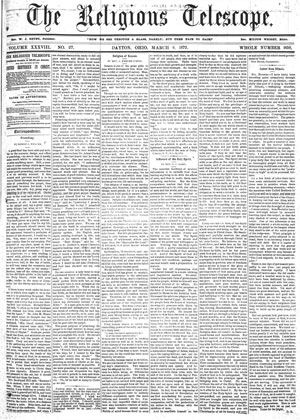 The 1833 General Conference provided for establishing a United Brethren publishing house. It took shape in May 1834 in Circleville, Ohio, under the sponsorship of Scioto Conference. William Rinehart, a United Brethren minister in Virginia Conference, had been publishing a paper on his own press called The Mountain Messenger. Scioto asked Rhinehart to move to Circleville to become editor of a United Brethren publication, and they even bought out his little paper.
The 1833 General Conference provided for establishing a United Brethren publishing house. It took shape in May 1834 in Circleville, Ohio, under the sponsorship of Scioto Conference. William Rinehart, a United Brethren minister in Virginia Conference, had been publishing a paper on his own press called The Mountain Messenger. Scioto asked Rhinehart to move to Circleville to become editor of a United Brethren publication, and they even bought out his little paper.